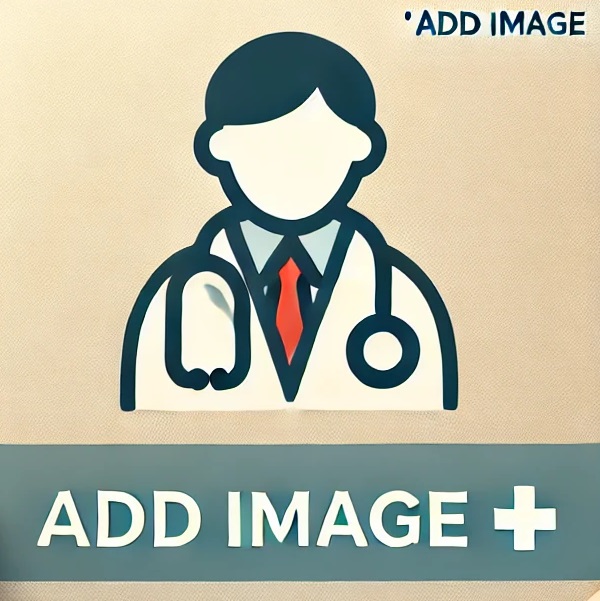How Virtual Reality is Revolutionizing Pediatric Vision Screenings in 2025
In an exciting advancement for children’s health, new virtual reality (VR) technology is transforming how doctors detect vision problems in young patients. Pediatric vision screenings have long been a critical part of ensuring healthy development, but traditional tests often fail to identify subtle or hidden issues. Now, thanks to immersive VR software, doctors can uncover these problems earlier and more accurately than ever before.
Why Early Detection of Vision Problems in Children Matters
Undiagnosed vision problems in children can significantly impact their ability to learn, socialize, and develop properly. Conditions like amblyopia (lazy eye), strabismus (crossed eyes), or other vision impairments often go unnoticed during standard vision checks, especially in very young children who may struggle to communicate their symptoms.
Early detection is key. Left untreated, vision disorders can lead to developmental delays, learning difficulties, and even permanent vision loss. That’s why pediatricians and vision specialists are embracing new tools like VR to ensure no child falls through the cracks.
How Virtual Reality Improves Pediatric Eye Exams
The latest VR software uses interactive simulations to assess how a child’s eyes respond to different visual environments in real-time. Children wear a VR headset that immerses them in playful, engaging scenarios while the software tracks their eye movements, coordination, and visual processing.
Unlike traditional vision charts or static eye exams, VR offers:
✔️ Real-time, dynamic assessment of vision
✔️ Detection of subtle eye alignment or focusing issues
✔️ A comfortable, game-like experience that keeps children engaged
✔️ More accurate screening for conditions like amblyopia, strabismus, or visual processing disorders
This means vision problems that might have been missed in a standard screening can now be detected much earlier, giving children access to treatment and therapies when they are most effective.
The Future of Vision Care for Kids
Pediatricians, optometrists, and researchers are already testing VR vision screening tools in clinics and hospitals. The results are promising, with many experts predicting this technology will become a standard part of pediatric eye exams in the near future.
As VR becomes more affordable and accessible, parents can expect more comprehensive, accurate, and child-friendly vision screenings—helping to protect their child’s eyesight and overall development.
Final Thoughts: A New Era for Pediatric Eye Health
The integration of virtual reality into pediatric vision care is a game-changer. By providing early, accurate detection of vision problems, VR technology ensures children receive the support they need to thrive academically, socially, and physically.
If you’re a parent, teacher, or caregiver, staying informed about these advances could make all the difference in a child’s future. Early vision screenings powered by VR may soon become the gold standard in protecting your child’s health.
------------From our Sponsors------------







